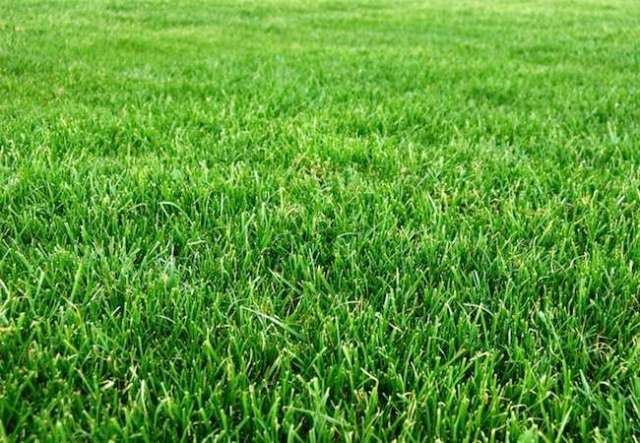Just a few tips
–Leaf Removal
Be sure to remove leaves, sticks and other debris from the lawn. Leaves will block sunlight from reaching the grass blades, and they will be harder to remove in the spring when they are wet. These things can smother the grass, create disease conditions and invite insects, mice and other damaging pests.
–Outdoor Furniture
Outdoor furniture should be covered or brought indoors. Clay pots and other outdoor statuary should be brought indoors to keep from breaking. Alternating freezing and thawing of these items could cause them to crack. If they are too large to move, cover them with a plastic tarp.
–Snow Removal
We aren’t in an area that “normally” sees a lot of snow fall, but its Hampton Roads, you never know. Many of your plants could be damaged from excess accumulation of snow on the branches. This is especially true of evergreen trees, such as Arbor Vitae. Carefully and gently, brush the snow in an upward direction off the limbs and boughs. If they become coated with ice, leave them alone. Trying to break off the ice could damage the tree or shrub, and won’t help much with your tree maintenance. The ice normally melts at a rapid pace, even if the temperatures are below freezing.
–Irrigation System
Temperatures are getting colder, and the need for supplemental irrigation has passed. Preventing your irrigation system from the winter temperatures in vital.
–Feathered Friends
Finally, put out a bird feeder or two for our feathered friends. There are many birdseed mixes available, so choose one that will attract the varieties of birds that are most common for your area.
If you have any questions, you can always call us here at Nansemond Lawn & Garden, Inc. We can help you with leaf removal, irrigation systems, snow removal and so much more! Call today! 757-538-4581

